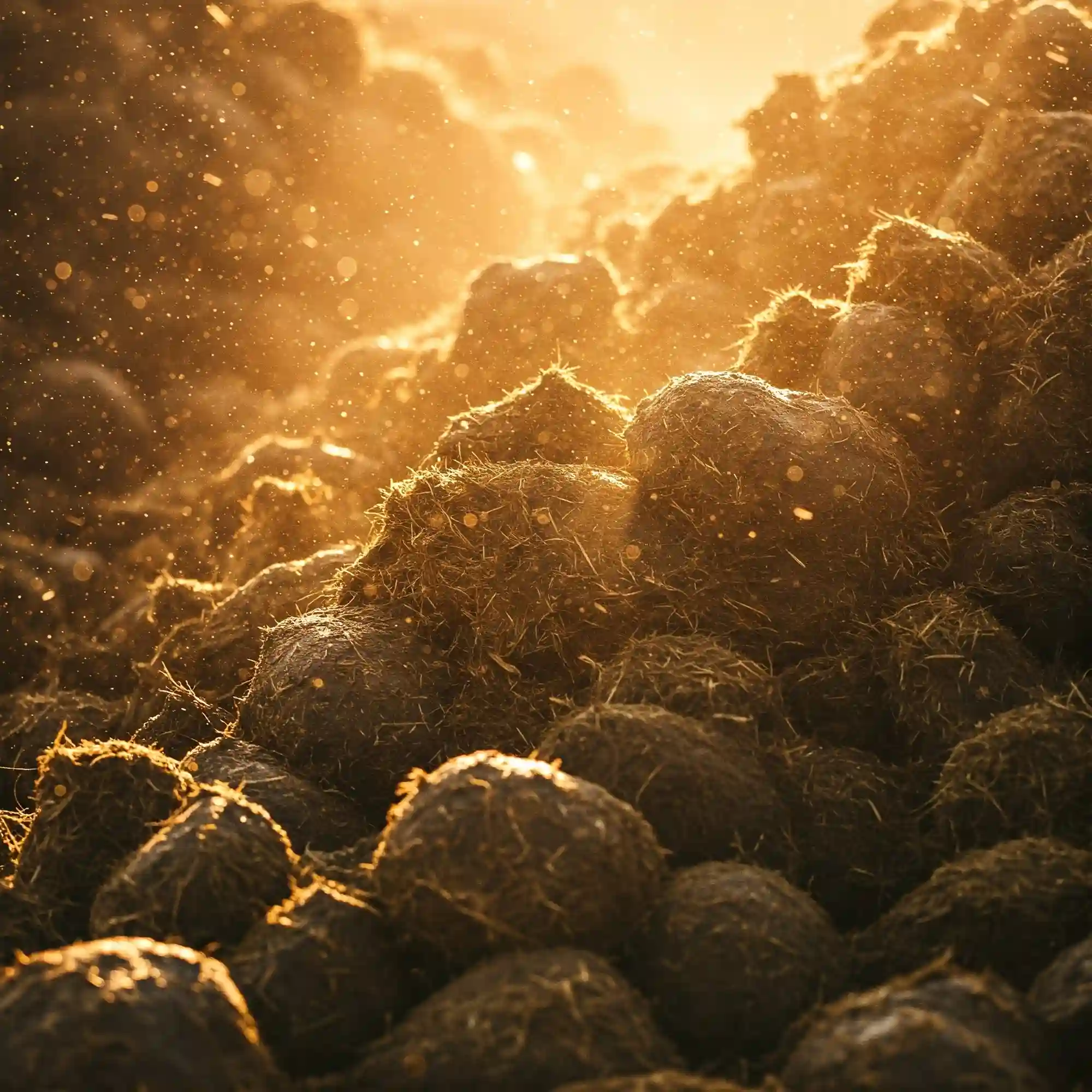Key Takeaways:
Have you ever wondered why some gardens flourish while others struggle? The secret often lies beneath the surface, in the hidden world of soil health. Just like a strong foundation supports a sturdy house, healthy soil provides the essential building blocks for vibrant plant growth. This article delves into the fascinating world of composting and soil health, empowering you to unlock the full potential of your garden.
Why Soil Health Matters: The Unsung Hero of Thriving Gardens
Think of soil as more than just dirt. It’s a teeming ecosystem teeming with life, from microscopic bacteria and fungi to earthworms and insects. These tiny creatures work tirelessly to break down organic matter, releasing nutrients that plants need to thrive. Healthy soil also boasts good drainage and water retention, ensuring your plants receive the hydration they need.
The benefits of healthy soil:
Composting 101: Transforming Kitchen Scraps into Garden Gold
Composting is the magical process of transforming kitchen scraps, yard waste, and other organic materials into nutrient-rich compost. This “black gold” is a gardener’s best friend, offering a sustainable and cost-effective way to improve soil health.
Composting basics:
Common Composting Ingredients
| Green Materials | Brown Materials |
|---|---|
| Fruit and vegetable scraps | Dead leaves |
| Coffee grounds | Twigs and branches |
| Tea bags | Shredded cardboard |
| Eggshells (crushed) | Straw |
| Grass clippings (wilted) | Wood chips (untreated) |
Unleashing the Benefits: Incorporating Compost for a Thriving Garden
Now that you have a batch of beautiful compost, it’s time to unleash its power in your garden!
Incorporating compost:
Beyond fertilizer: Compost offers more than just nutrients. It improves soil structure, aeration, and drainage, creating an optimal environment for root growth and water retention. Tailor your compost use to different stages of plant growth, providing extra support during critical periods like flowering and fruiting.
Soil Testing: Unlocking the Secrets of Your Garden Plot
Understanding your soil’s unique characteristics is key to maximizing its potential. Soil testing reveals vital information like nutrient levels and pH, helping you tailor your amendments for optimal results.
Why test your soil?
Benefits of Different Soil Testing Methods
| Method | Pros | Cons |
|---|---|---|
| Home test kits | Affordable, easy to use | Less accurate than professional tests |
| Professional lab analysis | More accurate, provides detailed information | More expensive |
Beyond Composting: Additional Strategies for Building Healthy Soil
Composting is a powerful tool, but it’s not the only way to nurture healthy soil. Here are some additional strategies to consider:
Cover Cropping:
These “living mulches” are planted between growing seasons to protect the soil, suppress weeds, and fix nitrogen into the soil. Popular cover crops include clover, ryegrass, and buckwheat.
Mulching:
A layer of organic mulch like shredded leaves, wood chips, or straw retains moisture, suppresses weeds, and moderates soil temperature. This protects beneficial microbes and creates a healthy environment for earthworms.
No-Till Gardening:
This approach minimizes soil disturbance, preserving its structure and promoting beneficial microbial activity. No-till methods involve covering the soil with compost and organic matter instead of tilling.
Additional Tips:
Resources and Next Steps: Taking Action for a Thriving Garden
Empowered with the knowledge of composting and soil health, you’re ready to take action! Here are some resources to guide you:
Remember, building healthy soil is a journey, not a destination. By implementing these strategies and observing your garden, you’ll witness the incredible transformation as your soil flourishes, leading to a thriving and productive garden. Happy composting!

